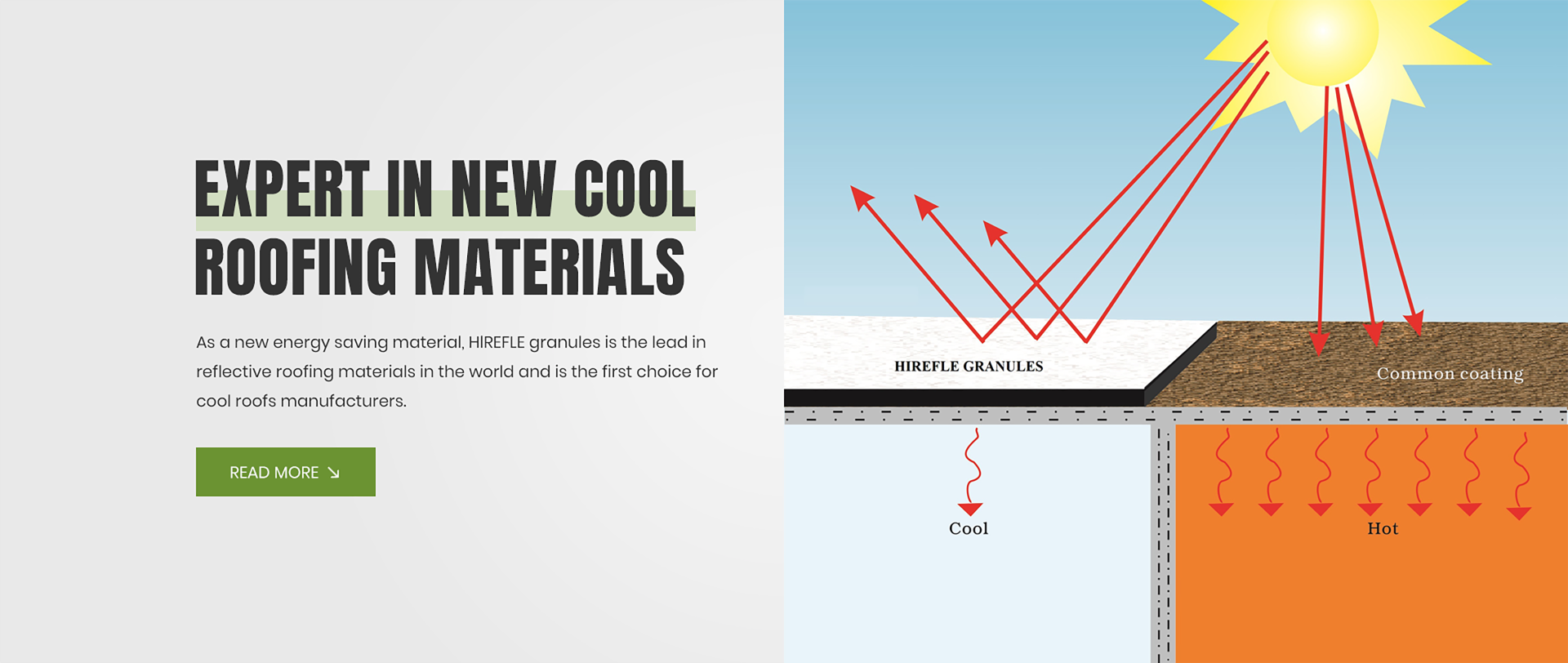
Dec . 18, 2024 08:24 Back to list
new roof granule loss
Understanding New Roof Granule Loss Causes, Effects, and Solutions
Roofing systems play a crucial role in protecting our homes and commercial buildings from the elements. A key component of many modern roofing systems, particularly asphalt shingles, is the granule layer. This layer is essential for shielding the underlying materials from UV rays, providing fire resistance, and adding aesthetic appeal. However, homeowners often face the challenge of roof granule loss, which can lead to significant issues over time. In this article, we will explore the causes of new roof granule loss, its implications, and possible solutions.
What is Granule Loss?
Granule loss refers to the deterioration or shedding of the small, sand-like particles that coat the surface of asphalt shingles. These granules serve multiple functions, including reflecting sunlight to keep the roof cool, protecting against water damage, and contributing to the shingle's overall appearance. When granules are lost, the shingles become vulnerable, leading to a higher risk of damage from the elements.
Causes of Granule Loss
1. Weather Conditions One of the most prominent factors contributing to granule loss is extreme weather. Intense sunlight, heavy rain, hail, and strong winds can wear down the granules over time. UV radiation is particularly damaging, as it can degrade the bonding agents that hold the granules in place.
2. Poor Installation In some cases, granule loss can be attributed to improper installation practices. If shingles are not correctly aligned, or if they are installed too tightly, it can lead to premature wear and tear on the granule layer. Additionally, using subpar materials or failing to follow manufacturer guidelines can also result in increased granule loss.
3. Age of the Roof As with any home component, age is a significant factor. Over time, the wear and tear from natural elements can weaken shingles, making them more susceptible to losing granules. Typically, roofing systems have a life expectancy of 20 to 30 years, after which granule loss can become more prevalent and severe.
4. Foot Traffic Maintenance activities on the roof, such as cleaning gutters or inspecting for leaks, can contribute to granule loss. Walking on the roof can dislodge granules, resulting in uneven wear and exposed areas.
5. Manufacturing Defects While rare, some roof shingles may come from the manufacturer with defects that lead to premature granule loss. This could be due to inferior materials or a flawed manufacturing process.
new roof granule loss

Effects of Granule Loss
The consequences of losing roof granules can be severe. First and foremost, granule loss exposes the underlying asphalt layer to the elements, increasing the risk of water infiltration, mold growth, and structural damage. Additionally, a roof that shows significant granule loss can detract from a home’s curb appeal and potentially reduce property value. In severe cases, homeowners may face the need for costly repairs or even a complete roof replacement.
Solutions to Address Granule Loss
Addressing granule loss involves a multi-faceted approach
1. Regular Inspections Homeowners should schedule regular roof inspections, ideally at least once a year. Catching granule loss early can prevent more significant damage down the line.
2. Proper Maintenance Keeping gutters clean and ensuring proper water drainage will help prevent water ponding, which can exacerbate granule loss.
3. Quality Installation For those considering a new roof, it’s essential to choose a reputable contractor with experience and good reviews. Ensure that any shingles used are from a trusted manufacturer.
4. Roofing Materials When replacing a roof, consider investing in high-quality shingles that are designed to withstand harsh weather conditions.
5. Addressing Foot Traffic Where possible, limit foot traffic on the roof and use ladders or staging to minimize direct contact with shingles during maintenance.
In conclusion, new roof granule loss is a significant concern for homeowners, but it is manageable with proper care and proactive measures. By understanding the causes and addressing potential issues early on, you can extend the life of your roofing system and protect your investment in your home.
-
Premium Red 3 Tab Roof Shingles for Durable, Stylish Roofing Solutions
NewsJul.05,2025
-
Ceiling Clay Tiles Price - Affordable, Durable & Aesthetic Clay Ceiling Tile Solutions
NewsJul.05,2025
-
Best Solutions for Replacing Asphalt Shingles Upgrade Your Roof Efficiently
NewsJul.05,2025
-
Conservatory Felt Roof Solutions Durable, Weatherproof & Stylish Roof Upgrades
NewsJul.04,2025
-
Roman Stone Beige Tile for Elegant Spaces Roman Beige Ledger Panel & Travertine
NewsJul.04,2025
-
Small Clay Roof Tiles for Durable & Stylish Roofing Red & Custom Options Available
NewsJun.24,2025







